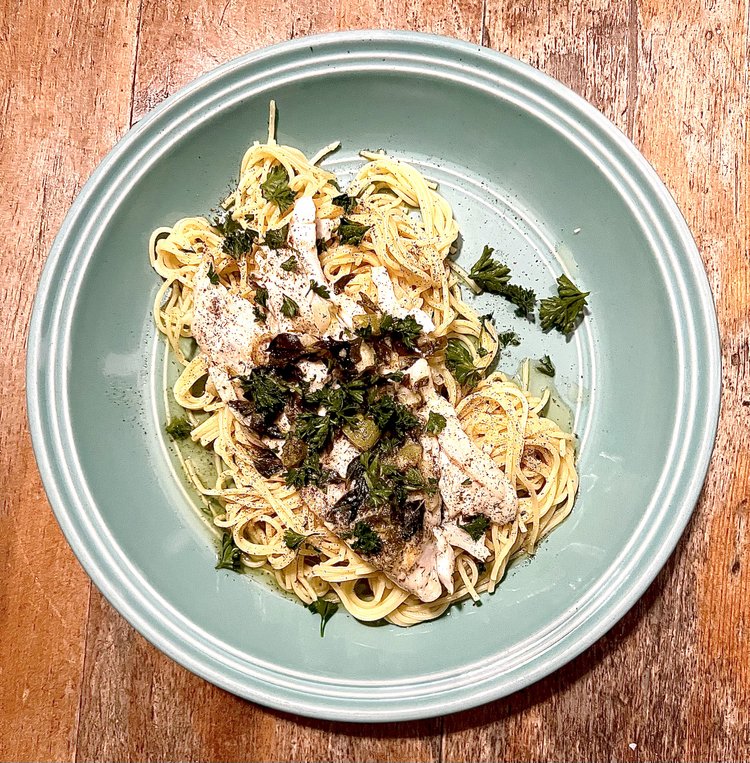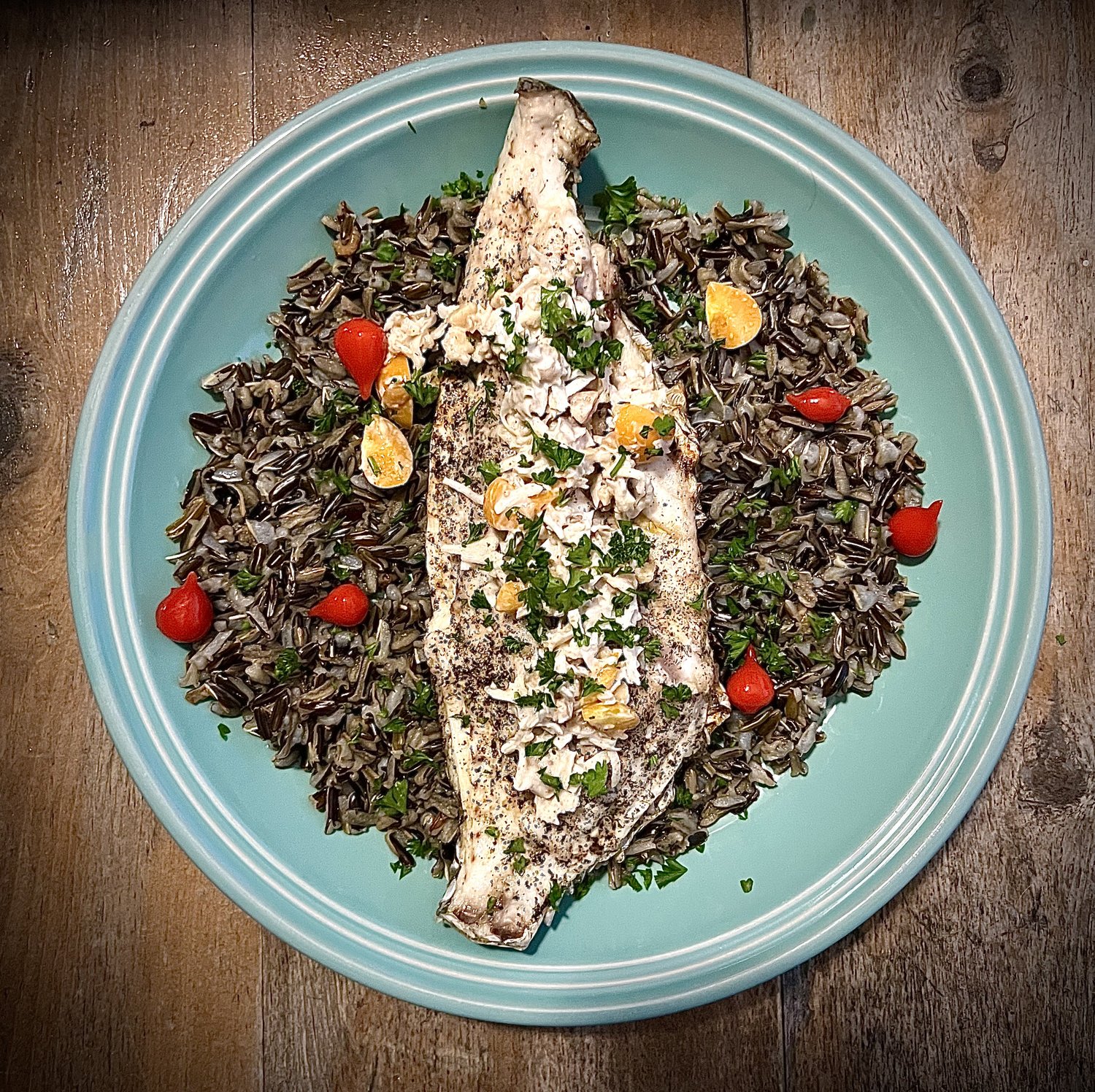You never know what you are going to have on the other end of your pole when Texas bay fishing. Growing up in the Rocky Mountains, I am accustomed to catching a small handful of various fish. Typically there are rainbow or brown trout. Sometimes you find a lake someone got a wild hair while stocking and added arctic graylings. For the most part, you are certain that when the tip of your pole makes that arching dip towards the water you know what is on the other end. Not true in salt water fishing.
During my week of fishing the bays of the Gulf of Mexico in Texas I pulled up fish I had never even heard of before. Just off a pier in the shallow bays near Corpus Christi with nothing but mullets for bait, which also were foreign to me before this trip, I pulled up sheepshead, speckled trout, lady fish, croakers, gafftops, and even a sting ray. Obviously not everything is suitable for the dinner plate, but that doesn’t affect the fun had when reeling in the line, wondering what could possibly be emerging from the salty waves.
What is suitable for the dinner plate is an entirely other adventure. I created a rice dish with a groundberry and macadamia topping from the sheepshead I caught in the first few days of the trip, and for this post I am using the speckled trout I caught a few days later.
Speckled trout, or also known as spotted seatrout, are a slender bodied fish with distinguishing black spots dotting their dark grey or greenish body. They also have two very funny looking teeth. They kind of look like a vampire that went to the dentist and had all their teeth removed except the two sharp ones.
Speckled trout meat is much softer than other fish, and especially more so than freshwater fish. It is a mild flavored, white meat that is moderately flakey. I don’t want to call it a mushy fish, as that tends to be a negative term when describing meat, but it is most definitely not a firm meat that holds together in flakes when you pull it apart. It has more of the texture of a lobster tail.
Due to the tendency of developing a “mushiness,” the fish does not hold up well to being overcooked. This ruled out grilling or pan frying in my mind, as those methods can lead to easy overcooking and I wanted this fish to turn out good so badly. So, with the texture in mind, I decided to do a Speckled Trout Scampi.
Speckled Trout Scampi
For this Speckled Trout Scampi you need a lot of butter. Think Julie Child’s level of butter. Two whole sticks, or a full cup, of unsalted butter. I know, it’s a lot. This definitely isn’t a heart healthy or waist friendly meal, but it is such a fantastic use of the spotted seatrout that you should treat yourself with all that butter if you happen to be lucky enough to catch such a fish.
You want to take filets from the speckled trout, removing them from the bone and also taking off the skin. Check the filets for bones in the meat, and also remove anything that is just, I don’t know a better way to put it, yucky looking.
Set the filets in a baking dish and preheat the oven to 350 degrees.
Meanwhile, in a medium size sauce pan, add the two sticks of butter and start to melt over a medium heat. Add the chopped five cloves of garlic, a half cup of chopped scallions, the fresh chopped oregano, some dried dill, and a half teaspoon of salt. Let everything simmer lightly for a few minutes.
Remove the pot from the heat and add in a half cup of dry white wine. If you aren’t a wine person, you could also add a quarter cup of lemon juice or a few tablespoons of apple cider vinegar. You just want something to put a little acid in the sauce.
Pour the butter mixture over the fish in the baking dish and place in the oven for 15 minutes.
As mentioned before, you don’t want to over cook the fish. I checked the first at about 12 minutes to make sure things weren’t getting too mushy. At 15 minutes the fish still held together but was just starting easily pull apart with a fork.
Serve the Speckled Trout Scampi over angel hair pasta. To plate, add a pile of noodles, place a fish filet on the bed of the noodles, and then drizzle a healthy pour of the butter sauce over the fish and noodles. Sprinkle with fresh minced parsley and fresh cracked pepper.
Enjoy!
Happy Fishing!

Speckled Trout Scampi
Ingredients
- 2 speckled sea trout, four filets total
- 1 cup unsalted butter - 2 sticks
- 5 cloves garlic, chopped
- Several sprigs fresh oregano, minced
- 1 teaspoon dried dill or 1 tablespoon fresh dill
- 1 tablespoon fresh parsley
- 1/2 cup dry white wine
- Salt and Pepper
- Pound angel hair pasta, cooked al dente
Instructions
- Preheat oven to 350 degrees Fahrenheit
- In a medium size sauce pan, melt the two sticks of butter.
- Add the chopped garlic, oregano, and dill. Cook for three to four minutes.
- Season with salt and pepper.
- Remove butter mixture from heat and add white wine.
- Place fish filets in a 9 x 13" baking dish. Pour the butter mixture over the fish filets.
- Place baking dish in oven and cook for 15 minutes.
- To serve, place pasta on plate and top with one fish filet. Pour a generous serving of butter sauce over fish and pasta. Sprinkle with fresh minced parsley.





























